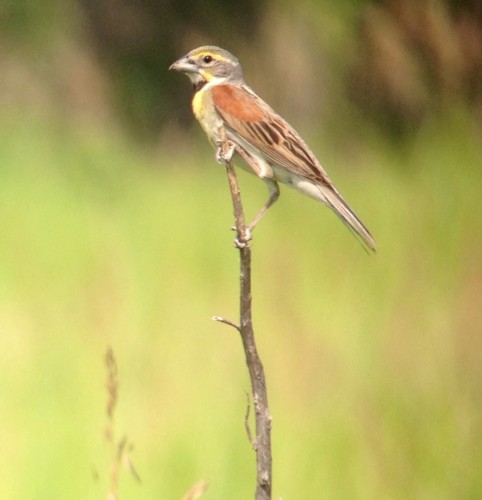There was a movement started last week called Pledge to Fledge. I saw all the Twitter and Facebook updates with that in the title, took a casual glance at the website, thought, "cool, get kids into birding," and then tunneled back into the work hole I've dug myself this summer. Then I got a call from Richard Crossley...and Dave Magpiong, the two movers and shakers getting this global birding movement off the ground. Both noted my lack of mention and both wondered why since this is the sort of thing that I do. I said I noted it, was busy and that I'm all for getting kids into birds and was going through a PG-13 phase at the moment. Both corrected me that this is not just about kids. So here is what Pledge to Fledge is all about:
The weekend of August 24 - 26, 2012 you must promise to casually introduce someone (adult or child) into birding. You can do it in a variety of ways. Invite someone who has had a passing interest in birds out in the field with you, give away an old bird book you are not using to friends, plant yourself and a spotting scope someplace with a good amount of foot traffic like a beach or lake shore path and share what you see to passersby, or if you are on Facebook or Twitter, write a few updates about birds or if you are so inclined, post photos of birds. You can be as extroverted about it as you like, but the key is to put it out there and see if you can generate a spark.
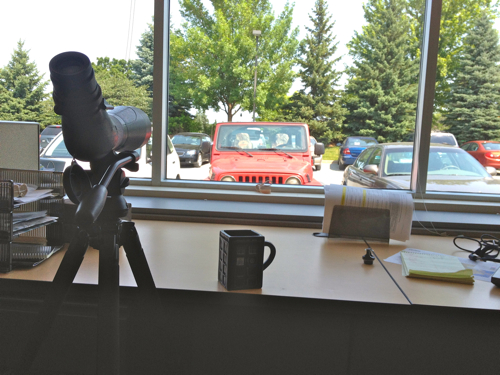
This is something that I do on a day to day basis. For example, one of the first things I did at my new job was to put up some bird feeders outside my office window and on days when I'm not in the field, I'll set up my spotting scope so anyone walking by can take a look.
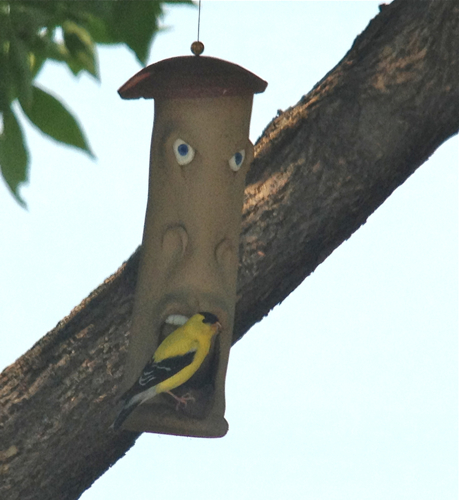
They might get to see a goldfinch on the tongue feeder I just put up or any number of species. Watching birds through my scope is all well and good, but I wanted a bit more. In the last week I have added a suction feeder to my office window...which started quite the debate. Several people came by and said, "A feeder on the window? Won't that make birds fly into the glass?" From this I was able to talk about how that's a strategy to use to prevent window collisions. Others are dubious that a bird will actually come up to the window. We've already had one brave house sparrow check it out, so I know it's a matter of time till the chickadees, nuthatches and finches take it over.
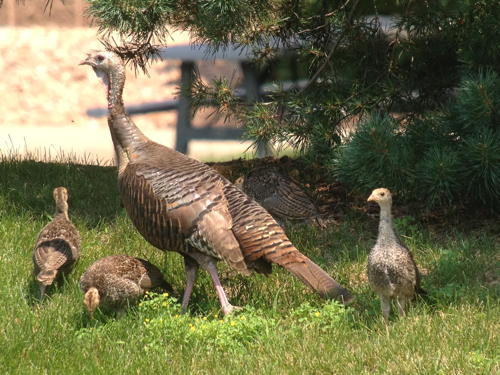
We also have the office turkeys who visit our parking lot too. Half the office gets excited about this and will come over and tell me about them. I love that word is spreading that if someone sees a turkey flock, they alert the environmental department so we can enjoy the too. I love when somebody sees something bird related and thinks of me.
So, how about you? Can you "pledge to fledge" a new birder? Another way you could do this is to host a Birds and Beers. I know I started it, but I simply cannot visit every state (or city) and host one. I can't drink that much! But you could host one in your town. We always have new people show up to Birds and Beers and many are very new birding, it's a fun casual way to bring others into the fold.
Don't worry that you may not know everything is to know about birds...no one does. Some of us know more about certain species than others, but there's still a lot we don't know and there's no harm in ever answering a question with, "I'm not sure about the answer to that, what a good question. Let's look that up!"

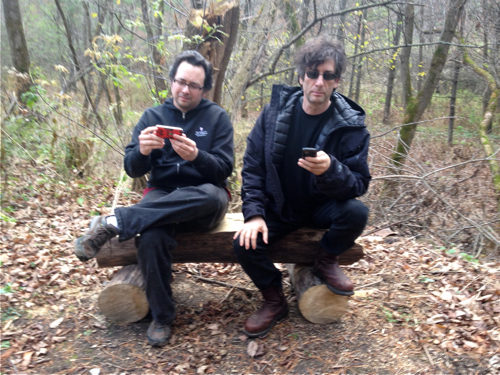
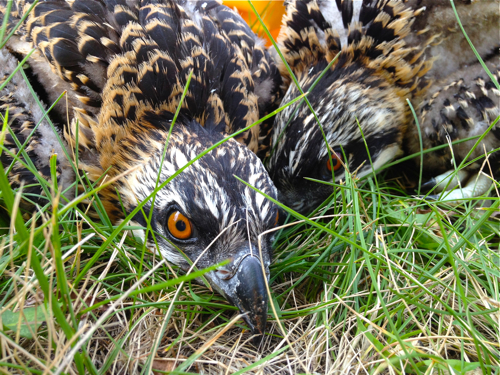
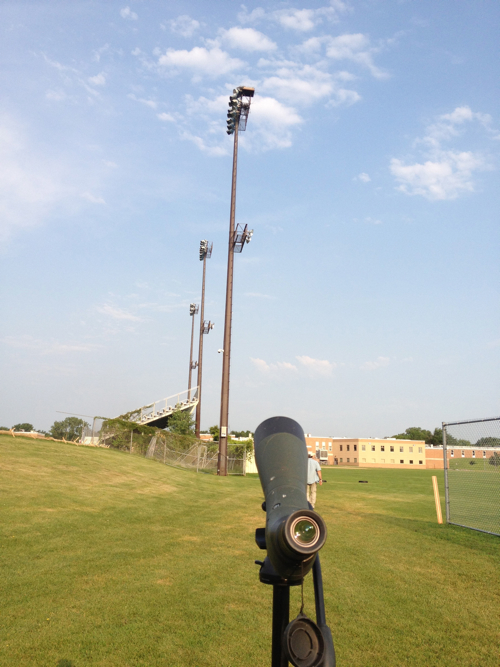
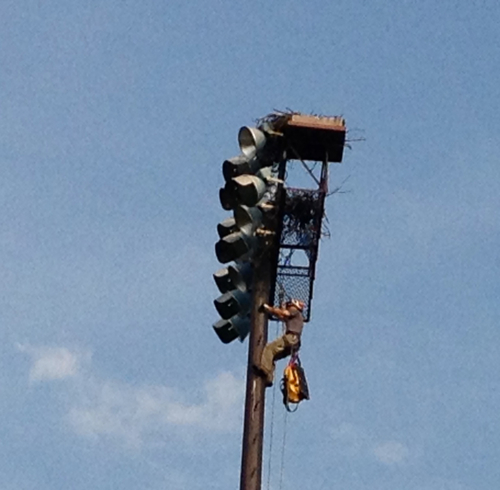
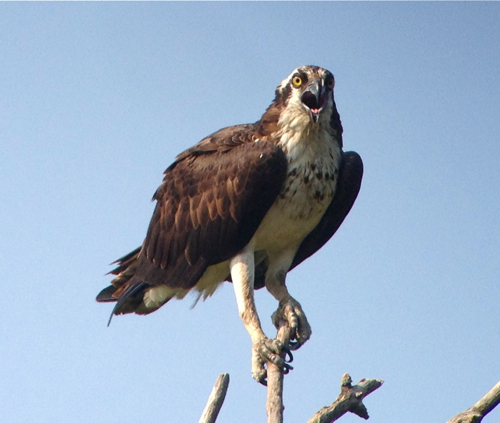
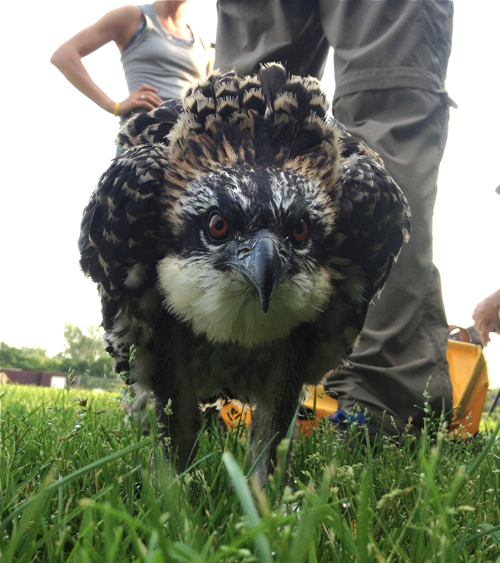

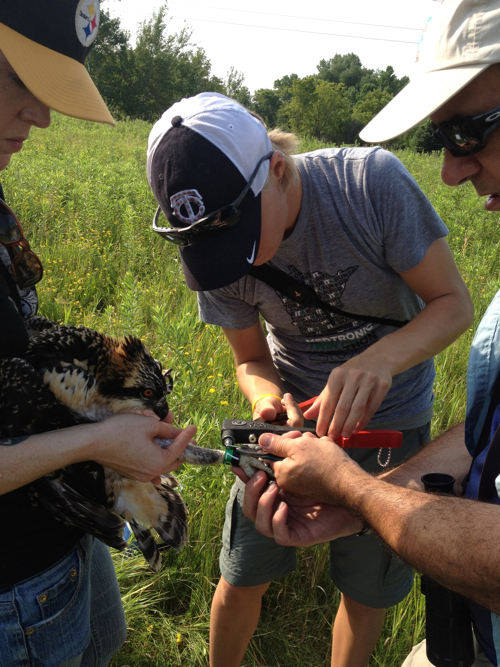
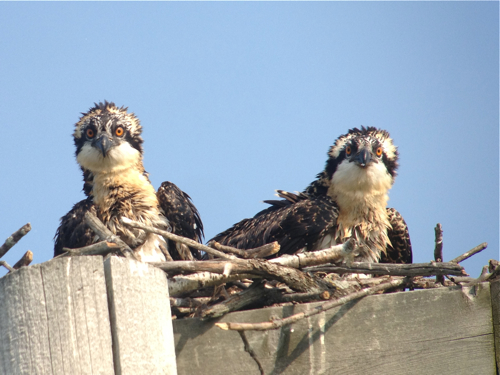
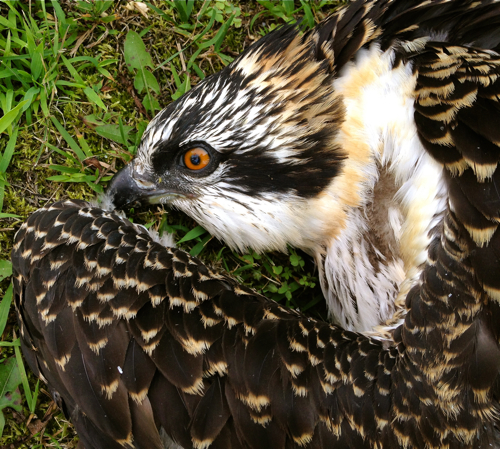
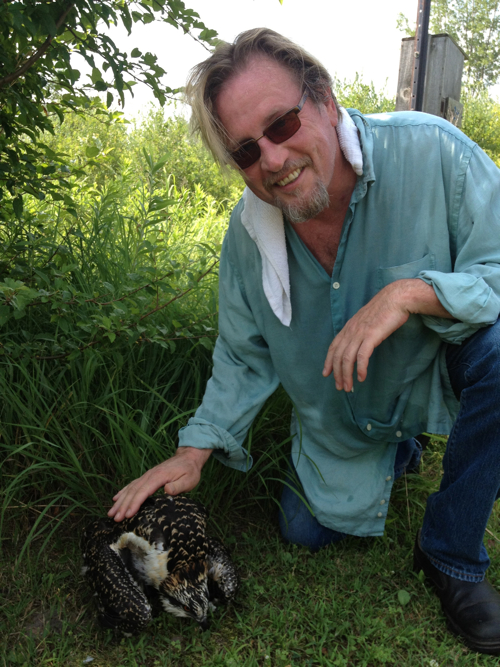
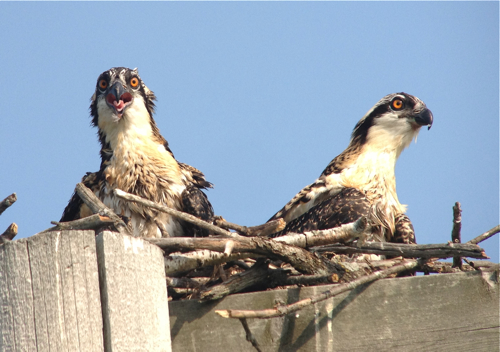
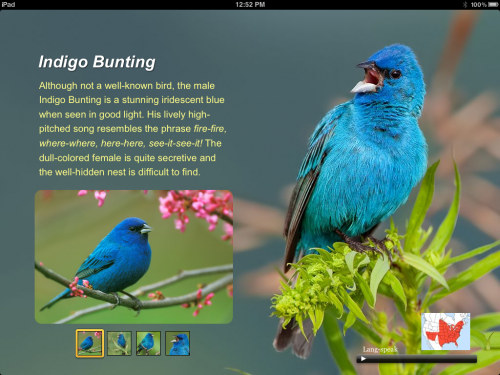
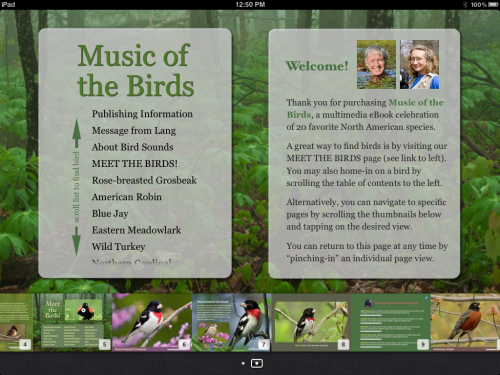
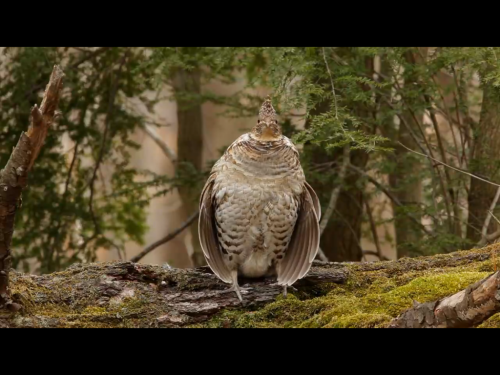
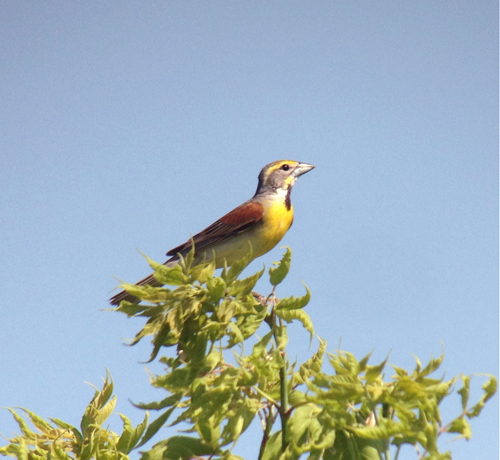 One of my final duties at the park service was a banding program with
One of my final duties at the park service was a banding program with 